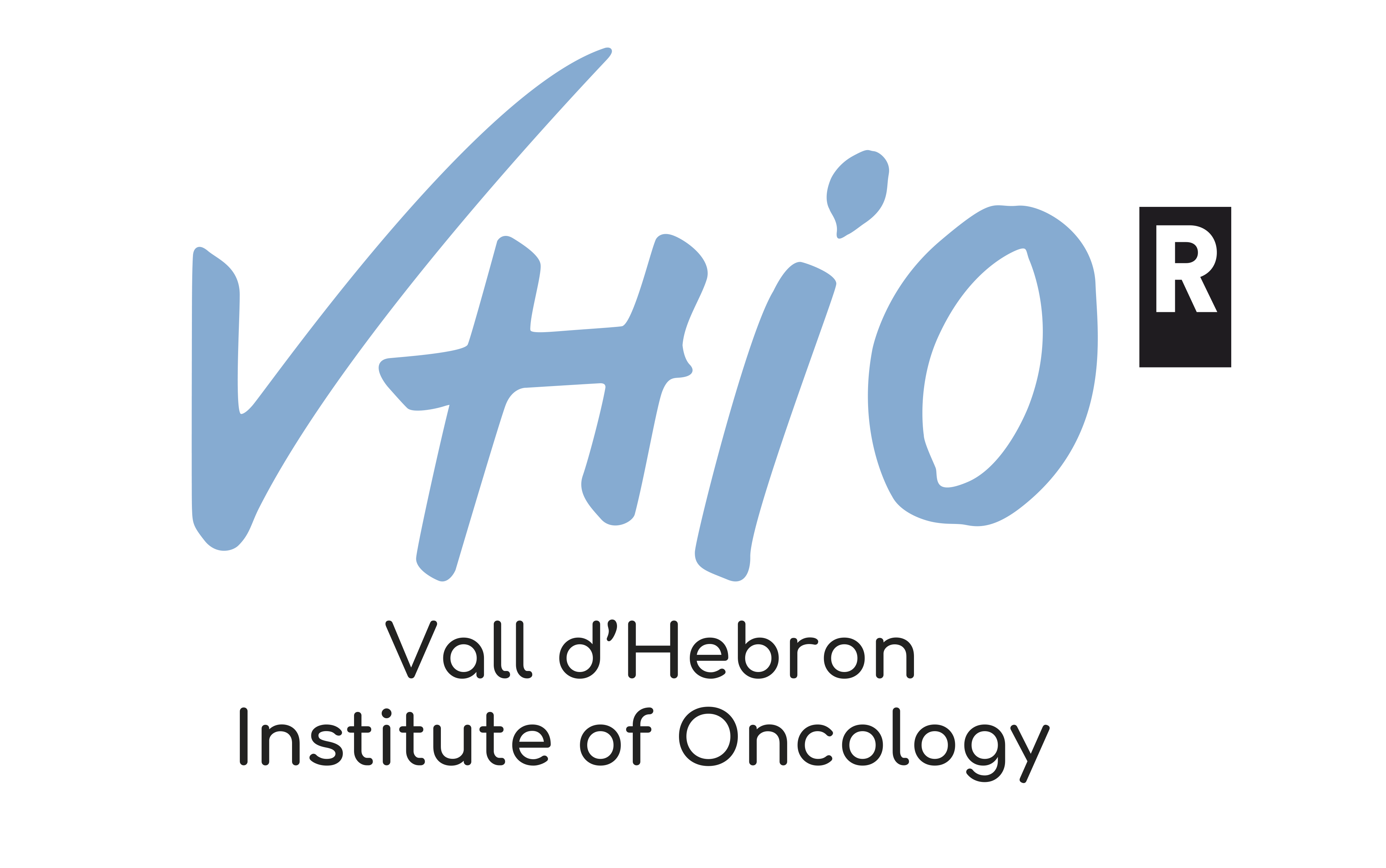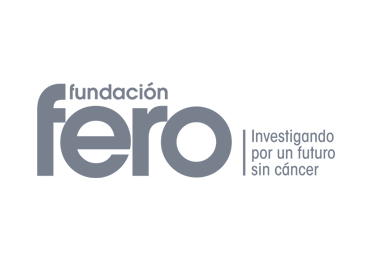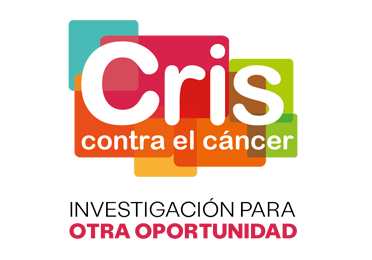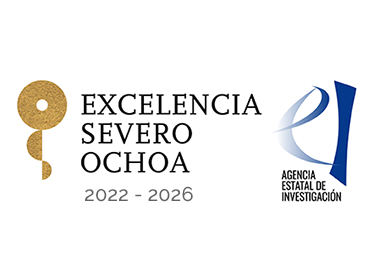
Just as we seek to collectively potentiate existing as well as new cancer medicines, either as mono therapy or in combination, we are also making important progress in more precisely guiding treatment decision making through novel approaches, platforms and scales.
Two promising contenders in these directions include the addition of immunotherapeutics to the arsenal of anti-cancer weaponry, and circulating tumor DNA (ctDNA) analysis for the more predictive tracking of disease. While these additions are undoubtedly helping us to deliver on the true promise of personalized medicine in oncology, much work still needs to be done.
Specifically, cancer science must continue to rigorously validate the promise as well as evidence the worth of both these advances across tumor types and in diverse populations, as we strive to more effectively target and counteract cancer driver mutations. VHIO’s Cancer Genomics Group, directed by Ana Vivancos, is dedicated to doing just that in order to translate these developments into real and personalized benefits for patients.
Concerning liquid biopsies, VHIO was actually the first academic test center to incorporate in-house BEAMING liquid biopsy RAS biomarker technology back in 2015. Ana’s team, in collaboration with other VHIO scientists and clinical investigators, has since continued to champion the validation and fine-tuning of these approaches for the more effective, less invasive monitoring of cancer in real time. These efforts, mainly focused on ctDNA, continue to expand thanks to her team’s expertise and VHIO’s purely multidisciplinary and translational approach to research.
Reflective of her research within this particular field, Ana recently first authored a study that sought to compare the clinical sensitivity of two different methods for KRAS mutation detection in liquid biopsy samples from patients with metastatic colorectal cancer (mCRC). Published as an open access Article in Scientific Reports*, and co-authored by VHIO’s Elena Élez, Medical Oncologist and Clinical Investigator of VHIO’s Gastrointestinal & Endocrine Tumors Group (directed by Josep Tabernero), and member of CIBERONC, alongside other leading experts across Spain, Idylla’s ctKRAS Mutation Test went head-to-head with the OncoBEAM RAS CRC platform to assess their respective sensitivity in accurately determining the RAS mutation status of these patients.
“With the ringing in of an increasing number of liquid biopsy RAS mutation tests, we are increasingly being asked about how one actually performs over another. Since these kits have varying levels of performance deriving from their underlying methodology, we therefore decided to compare two currently available approaches,” explained Ana Vivancos, who is also corresponding author of this present paper.
She continued, “Since the frequency of mutant DNA alleles in cell-free DNA may be extremely low, high level sensitivity is crucial. These tests must also be acutely specific if they are to provide clinically feasible, faithful and useable data. Those assays that show reduced sensitivity may not reliably inform our clinical colleagues and risk misguiding individualized anti-EGFR treatment decisions leading to potential mismatches in patient stratification.”
Importantly, not only did the OncoBEAM test demonstrate greater sensitivity for plasma detection of KRAS mutations, findings also revealed a “gray area” below 1% mutant allelic fraction (MAF) where Idylla showed diminished detection accuracy compared with OncoBEAM and standard of care, formalin-fixed paraffin-embedded tumor tissue KRAS analysis. Accurately detecting patients with RAS mutation-positive disease is critical for therapy selection since anti-EGFR agents do not provide meaningful survival benefits over chemotherapy-based regimens in patients whose tumors are not wild type with respect to RAS genes.
“It’s not about a particular testing method outdoing another. It’s a question of conducting the essential research that will help us to advance these techniques as we get closer to translating their true promise and utility at the clinical level. I’m often asked whether liquid biopsy is globally ready for prime time. Reflecting on this particular study, along with other reports currently in the literature, my answer for the time being has to be no, not quite yet, but watch this space!” concluded Ana.
To access this open access Article recently published in Scientific Reports see the link below.
For information surrounding VHIO’s Advanced Molecular Diagnostics Program (DIAMAV), powered by support received from one of our patrons, the FERO Foundation, see:
https://www.vhio.net/en/fero-foundations-advanced-molecular-diagnostics-program/.
###
Reference:








